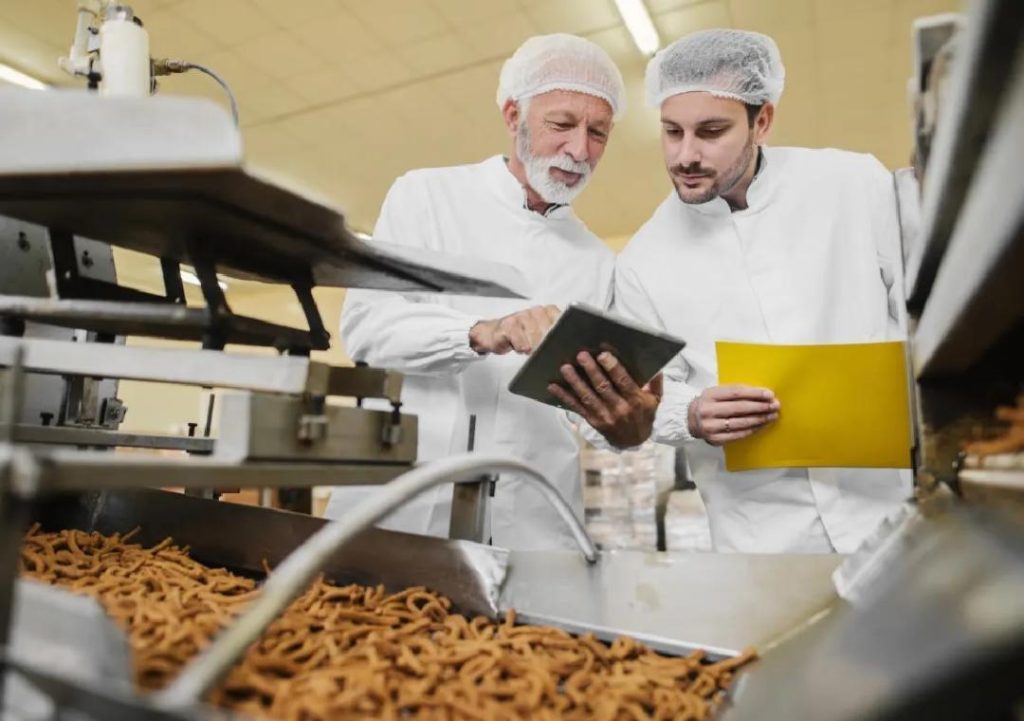
Can P&L Optimization Redefine Success in Food Technology?
The food technology industry is known for its complexities, from sourcing raw materials to managing production, distribution, and sales. However, with the increasing competition and fluctuating market conditions, food tech companies are under pressure to optimize their profit and loss (P&L) operations to ensure sustainable growth and profitability.
In recent years, the industry has witnessed a significant shift towards P&L optimization, driven by the adoption of automation, smart inventory systems, and data analytics. These tools have revolutionized the way food tech companies operate, enabling them to streamline their P&L operations, reduce waste, sharpen demand forecasting, and support better decision-making.
In this blog post, we’ll explore how P&L optimization can redefine success in food technology and discuss the strategies, technologies, and best practices that food tech companies can adopt to achieve improved profitability and competitiveness.
The Challenges of P&L Operations in Food Tech
Food tech companies face numerous challenges when it comes to P&L operations. From managing complex supply chains to dealing with fluctuating raw material prices, the industry is inherently unpredictable. Moreover, the increasing demand for transparency, sustainability, and quality has further complicated P&L operations.
Some of the key challenges faced by food tech companies include:
- Inventory management: Managing inventory levels, avoiding stockouts, and minimizing waste is a significant challenge in the food tech industry.
- Supply chain complexity: The industry’s reliance on complex supply chains, involving multiple stakeholders, can lead to inefficiencies, lost revenue, and reduced profitability.
- Fluctuating raw material prices: The prices of raw materials, such as grains, dairy products, and meats, can fluctuate significantly, affecting profitability.
- Regulatory compliance: Food tech companies must comply with various regulations, such as food safety and labeling, which can be time-consuming and costly.
The Benefits of P&L Optimization
P&L optimization can help food tech companies overcome these challenges and achieve improved profitability and competitiveness. The benefits of P&L optimization include:
- Reduced waste: Automation and smart inventory systems can help reduce waste, improve inventory management, and optimize production planning.
- Improved demand forecasting: Data analytics can help food tech companies sharpen demand forecasting, enabling them to better plan production, reduce inventory costs, and improve supply chain efficiency.
- Better decision-making: With access to real-time data, food tech companies can make more informed decisions, optimize their operations, and respond quickly to changes in the market.
- Increased profitability: By optimizing P&L operations, food tech companies can improve their margins, reduce costs, and increase profitability.
Strategies for P&L Optimization
So, how can food tech companies achieve P&L optimization? Here are some strategies and best practices to consider:
- Implement automation and robotics: Automation and robotics can help streamline P&L operations, improve efficiency, and reduce labor costs.
- Invest in smart inventory systems: Smart inventory systems can help food tech companies track inventory levels, monitor supply chain performance, and optimize production planning.
- Use data analytics: Data analytics can help food tech companies analyze sales data, forecast demand, and optimize production planning.
- Develop scalable models: Food tech companies should develop scalable models that enable them to adapt quickly to changes in the market and optimize P&L operations.
- Focus on sustainability: Food tech companies should prioritize sustainability, reducing waste, and minimizing their environmental impact to improve profitability and competitiveness.
Case Studies
Several food tech companies have successfully implemented P&L optimization strategies to achieve improved profitability and competitiveness. Here are a few case studies:
- Cultivate: Cultivate, a US-based food tech company, implemented a smart inventory system to improve inventory management and reduce waste. The company achieved a 25% reduction in inventory costs and a 15% increase in profitability.
- FreshBox: FreshBox, a US-based meal kit delivery service, used data analytics to improve demand forecasting and optimize production planning. The company achieved a 20% reduction in inventory costs and a 10% increase in profitability.
- Sustainability Foods: Sustainability Foods, a UK-based food tech company, implemented a scalable model that enabled the company to adapt quickly to changes in the market. The company achieved a 30% increase in revenue and a 20% increase in profitability.
Conclusion
P&L optimization is no longer a luxury, but a necessity for food tech companies seeking to achieve improved profitability and competitiveness. By adopting automation, smart inventory systems, and data analytics, food tech companies can streamline their P&L operations, reduce waste, sharpen demand forecasting, and support better decision-making.
In conclusion, P&L optimization is a critical component of success in food technology. By adopting scalable models, food tech companies can improve their margins, ensure sustainable growth, and stay competitive in the industry.
News Source:
https://www.growthjockey.com/blogs/p-and-l-operations-in-food-tech






